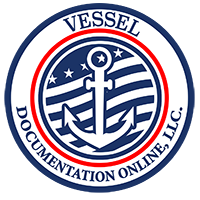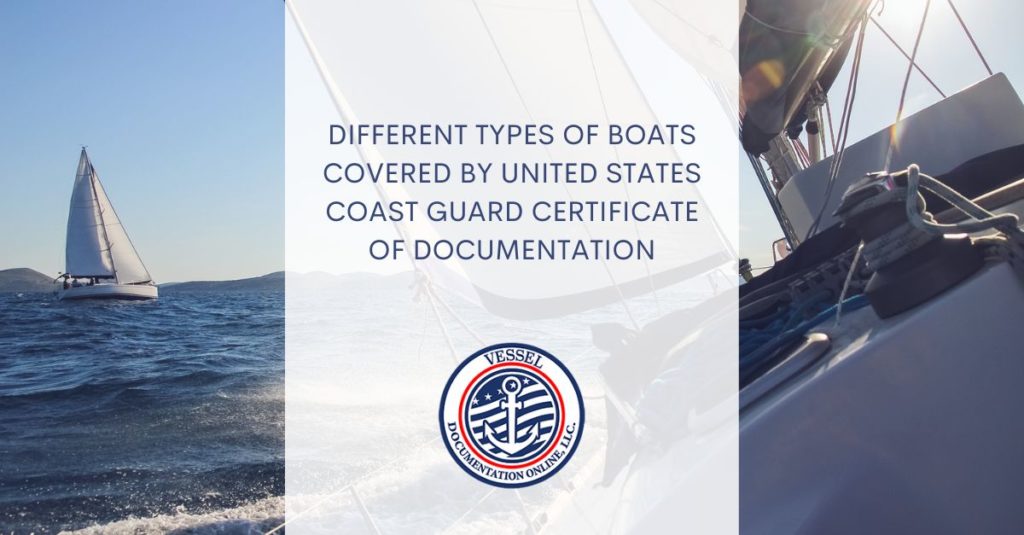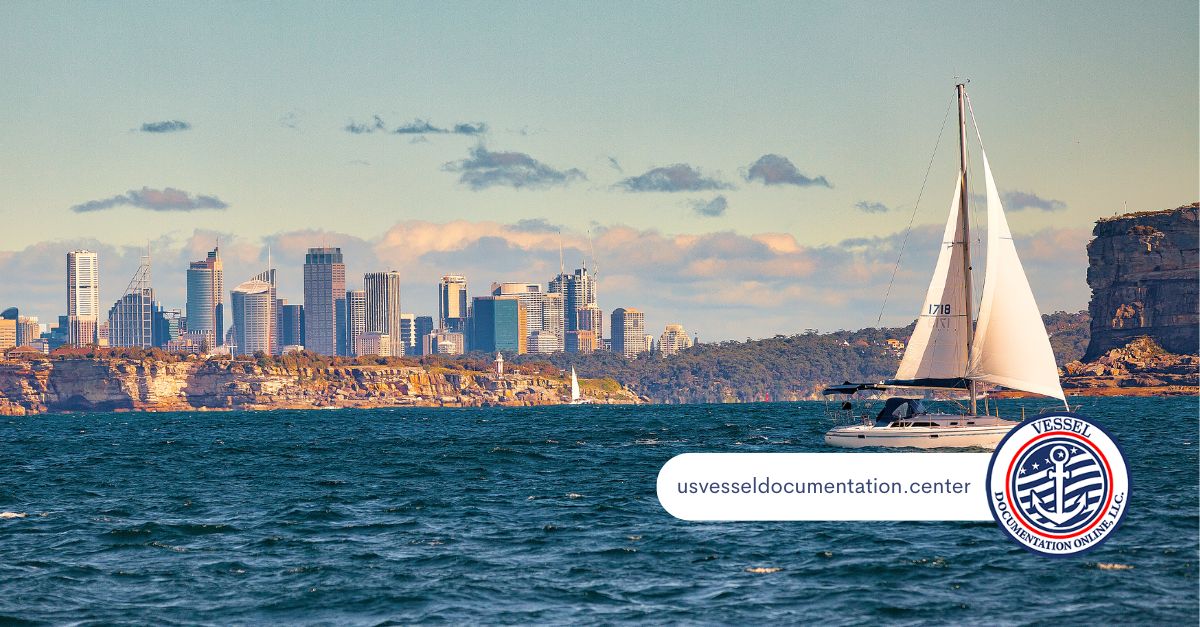The United States Coast Guard certificate of documentation is an important piece of paperwork associated with your boat that you must keep valid and current at all times. Ensuring the safety of everyone on board your vessel is a necessary and responsible part of boat ownership and your documentation is part of the process. This guide will take you through the various requirements that pertain to different types of boats.
The Role of the United States Coast Guard Certificate of Documentation
The primary role of the US Coast Guard is to safeguard lives, the environment, and the property of those on the water. This is done through regulation and enforcement of rules and laws that pertain to fishing, recreational boating, and other water activities. Part of your job is to keep your certificate of documentation, which is issued by the USCG, up to date and valid.
Recreational and Pleasure Boats
These are boats that are not used for any kind of commerce but are simply for enjoying the water. However, there are still safety requirements that you must follow when you take your boat out. That includes having the proper safety gear on board, which includes life jackets, fire extinguishers, fully operating navigational tools, proper ventilation, and sound-producing devices, as well as anything else that applies to passenger safety.
Commercial Boats
A commercial vessel is used to operate some type of business. That includes ferries, chartered fishing boats, and tour boats. Because they carry passengers and are used to transport the public, they are subject to more stringent regulations. That includes having lifesaving equipment on board but also includes strict maintenance requirements, qualifications that all crew members must meet, and other measures to ensure passenger safety.
Fishing Vessels
There are additional, and often much stricter, rules that apply to fishing vessels. They include safety training for all crew members, stability checks, the presence of lifesaving equipment on board, as well as preventative measures to control the risk of overboard accidents, which are surprisingly common in the fishing industry.
Cargo Vessels
These are boats that carry some type of cargo. Regulations are in place to protect the cargo, but also the crew members and the environment where the boat operates.
Passenger Vessels
As the name implies, these are boats whose primary purpose is to transport passengers from place to place. These include ferries and tour boats and must follow protocols that protect the people on board, which includes stability and emergency plans.
Other Boats
Some other boats that carry their own set of regulations include sailing vessels, yachts, tugboats, towboats, and dive boats. Each must follow the rules that apply to keep the paperwork current. Be sure you understand the laws that you must follow for any boat you own and operate.
Ensuring that you follow all regulations that apply to your boat is important for keeping your United States Coast Guard certificate of documentation up to date and valid. If you need more help with the process or have questions, contact the US Vessel Documentation Center today.





